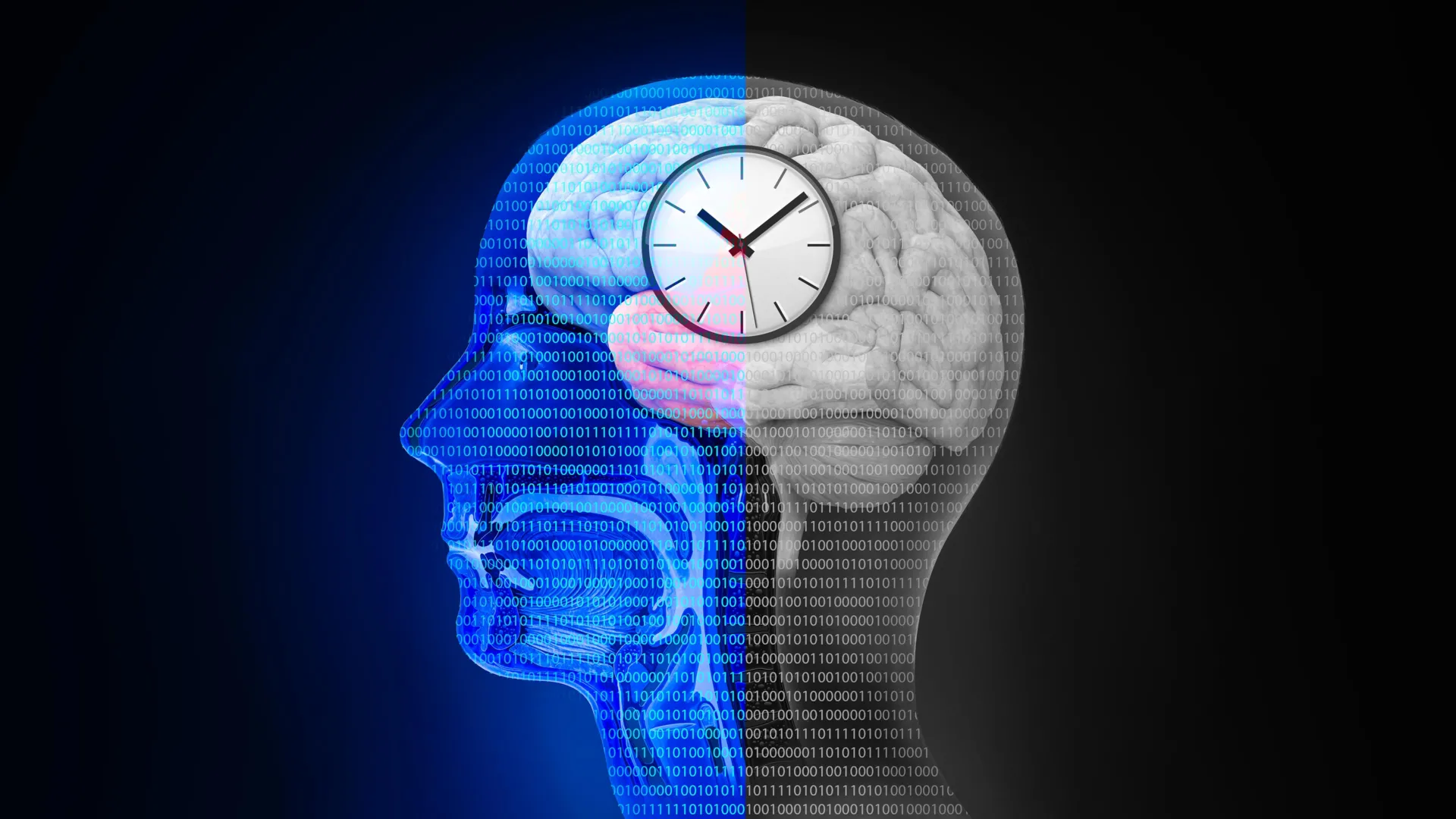For decades, antidepressants such as fluoxetine – widely known under the brand name ProzacTM – have been prescribed to millions of people worldwide. These medications are thought to work mainly by increasing the availability of serotonin, a neurotransmitter that helps regulate mood. However, the timeline of recovery – often requiring weeks before any improvement occurs – has long puzzled scientists. Why do antidepressants take so long to work if their chemical effects appear within hours?
A new study by researchers at the University of Eastern Finland and the University of Helsinki, published in Neuropsychopharmacology, offers an answer. The team discovered that fluoxetine also exerts deeper cellular effects that reshape how neurons produce energy and modify their connections. These changes, the researchers suggest, could help the brain “loosen up” its rigid networks and regain flexibility during treatment.
A closer look at the brain’s adaptable cells
Using cell-type-specific transcriptome profiling, the researchers focused on a class of brain cells known as parvalbumin interneurons, which act as regulators of neural activity by keeping excitatory signals in check. These cells play a critical role in maintaining balanced brain function, but they are also wrapped in a protective matrix called perineuronal nets that limit how much they can change.
After two weeks of fluoxetine treatment in mice, the researchers found that parvalbumin interneurons in the prefrontal cortex – a region central to decision-making, emotion regulation and cognitive flexibility – became less metabolically rigid. Genes involved in mitochondrial energy production were expressed at lower levels, suggesting that these cells were using energy differently. At the same time, genes linked to synaptic plasticity were upregulated, indicating enhanced potential for forming and reshaping neural connections.
Further, the normally dense perineuronal nets surrounding these cells began to weaken. This structural change could lift the physical constraints on neuronal rewiring, allowing the brain to enter a more plastic, or adaptable, state similar to that seen during early development.
“The findings point to a new understanding of how antidepressants may help people recover –not only by lifting mood, but by giving the brain room to rewire its circuits by altering its energy systems,” says senior researcher Dr. Juzoh Umemori from the University of Eastern Finland, who led the study.
Rethinking how antidepressants work
The results contribute to a growing body of research suggesting that antidepressants open a “window of plasticity” – a temporary period when the brain becomes more malleable and receptive to change. During this window, psychotherapy, learning or even environmental experiences may more effectively reshape neural pathways involved in mood and behavior.
The team emphasizes that while serotonin remains a key part of the picture, fluoxetine’s effects extend far beyond neurotransmitter modulation. By targeting the metabolic and structural foundations of neural communication, the drug may help restore balance in brain systems disrupted by stress and depression.
Potential biomarkers and future therapies
Although the causal relationships between mitochondrial shifts, perineuronal net remodeling and antidepressant response are not yet fully understood, the findings point to promising biological markers that could guide future therapies. Monitoring mitochondrial gene expression or perineuronal net changes, for instance, might one day help clinicians assess whether a patient’s brain is entering a plastic state conducive to recovery.
These insights could also inspire the development of next-generation antidepressants designed to directly target neuronal plasticity and metabolism – potentially leading to faster or more sustained therapeutic effects.
A broader view of mental health treatment
The research underscores a shift in psychiatry: from viewing antidepressants as mere chemical boosters to seeing them as tools that restore the brain’s capacity for change. By bridging neurochemistry, metabolism and neural architecture, studies like this one deepen our understanding of depression as not only a disorder of mood but also of adaptability.
Fluoxetine remains one of the most widely prescribed antidepressants in the world. Yet decades after its introduction, scientists continue to uncover new dimensions of how it works. This latest discovery adds to a growing recognition that recovery from depression may depend as much on the brain’s ability to rebuild as on its chemistry – a finding that could reshape how both clinicians and patients think about treatment in the years to come.
Reference: Jetsonen E, Didio G, Suleymanova I, Teino I, Castrén E, Umemori J. Chronic treatment with fluoxetine regulates mitochondrial features and plasticity-associated transcriptomic pathways in parvalbumin-positive interneurons of prefrontal cortex. Neuropsychopharmacol. 2025;50(12):1864-1874. doi: 10.1038/s41386-025-02219-8
This article is a rework of a press release issued by the University of Eastern Finland. Material has been edited for length and content.
Source link


